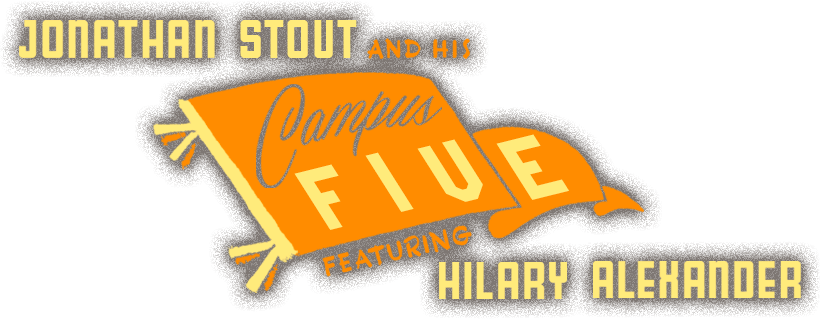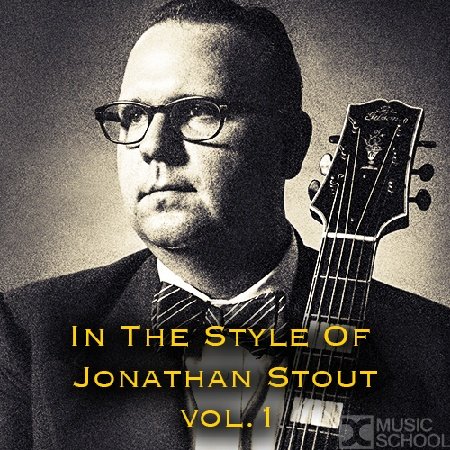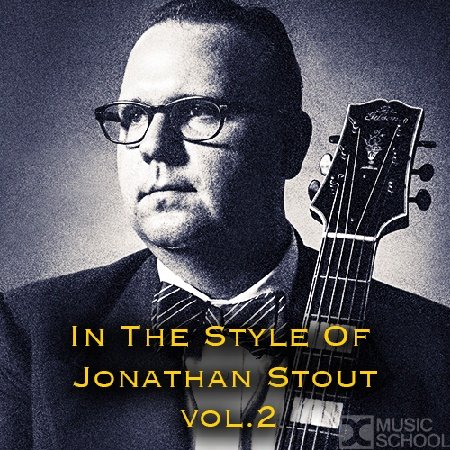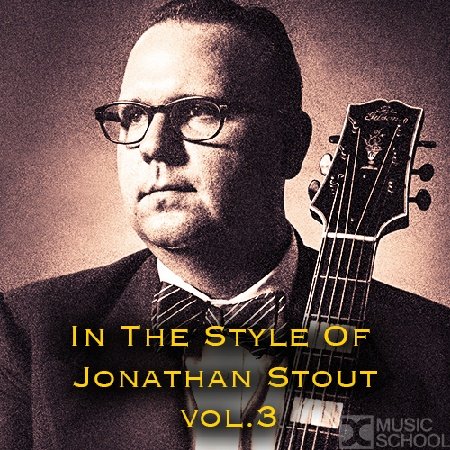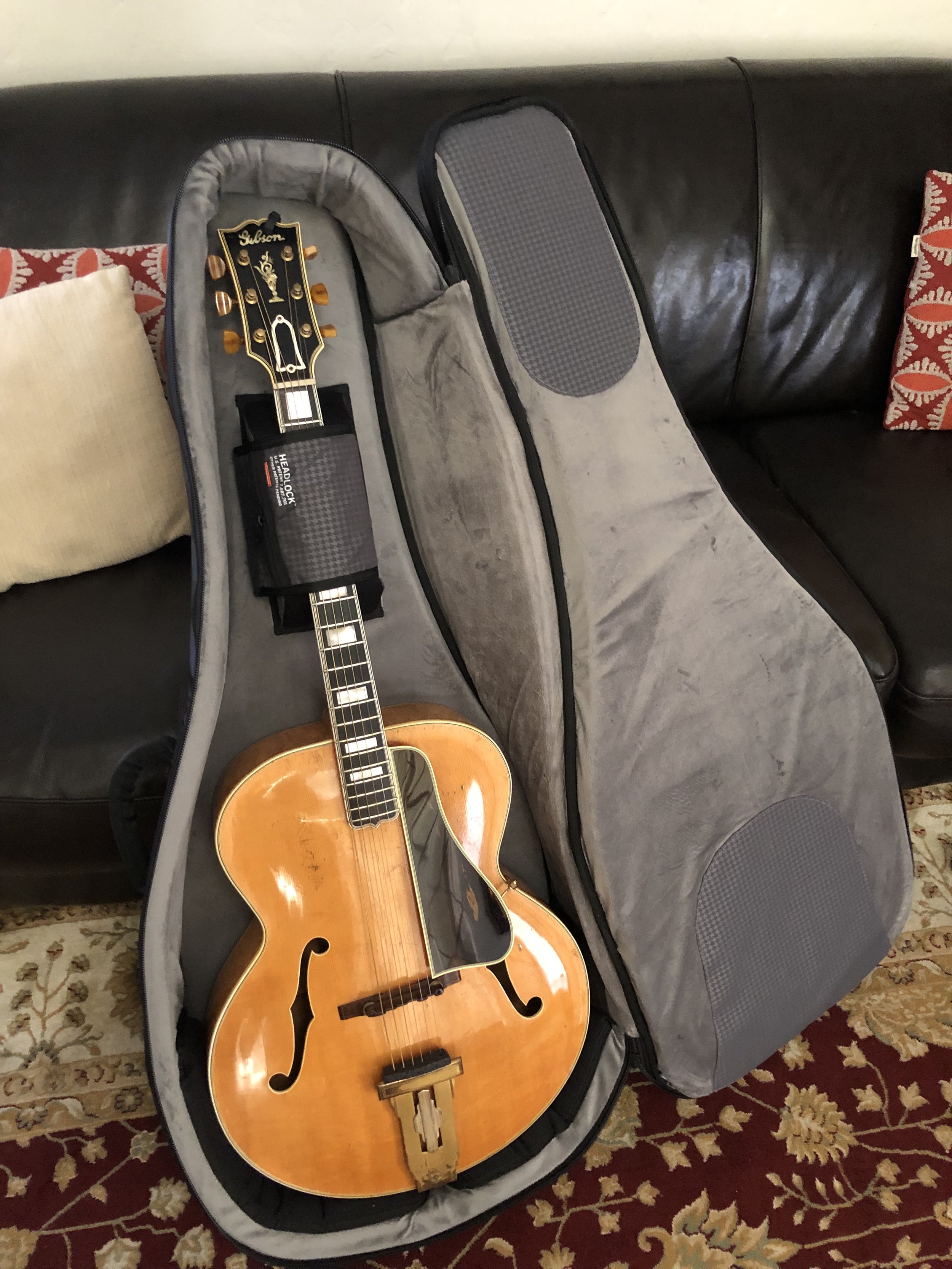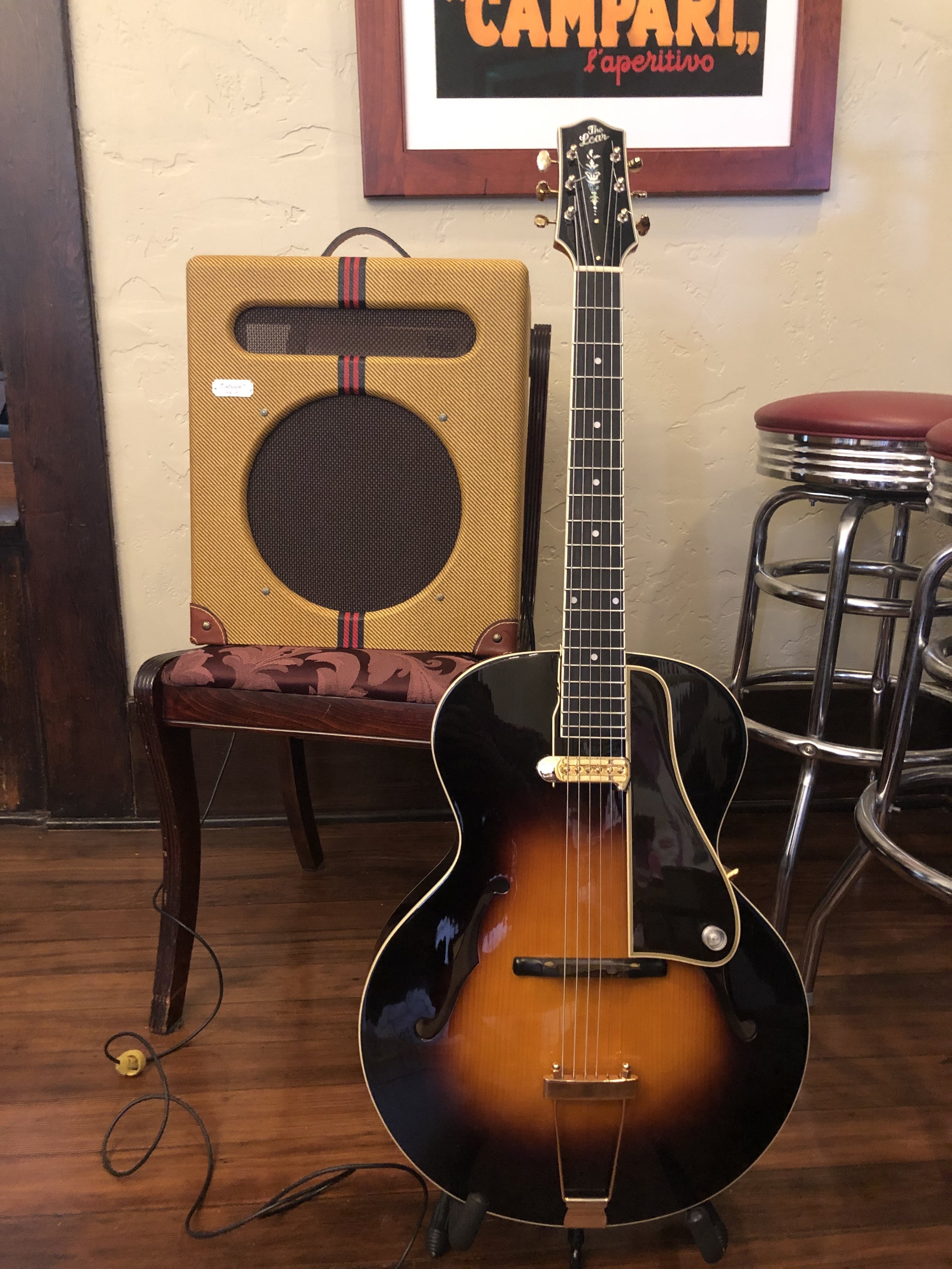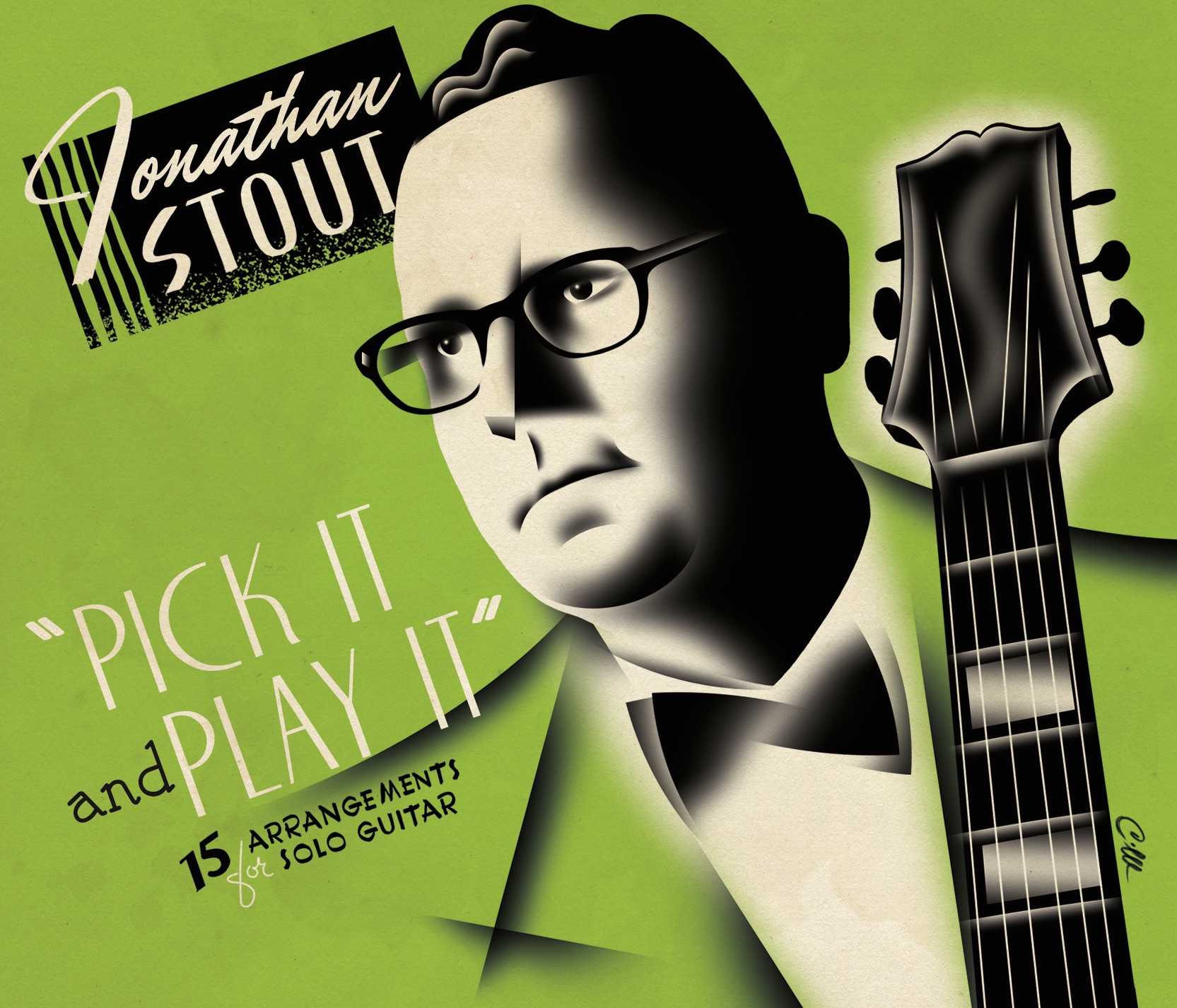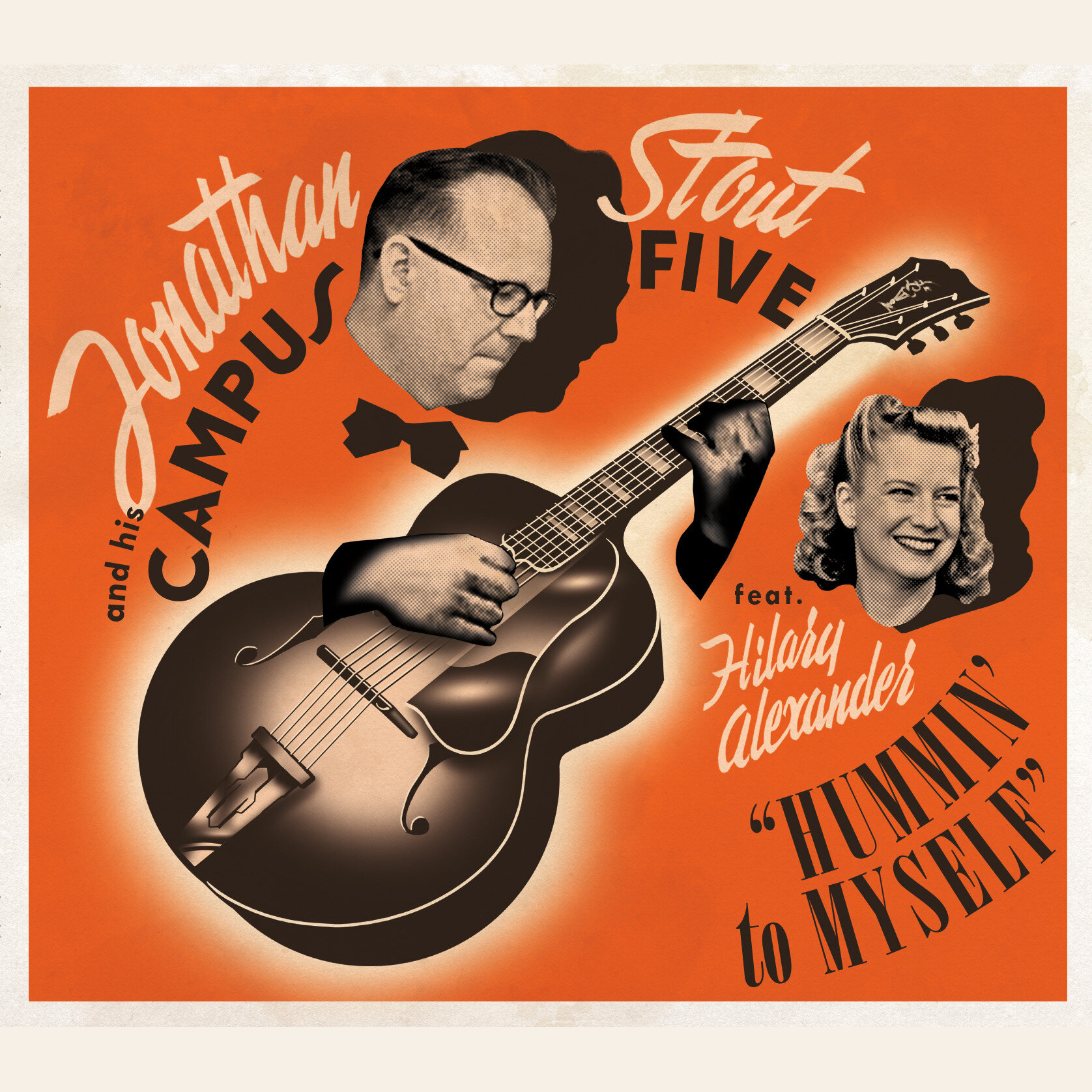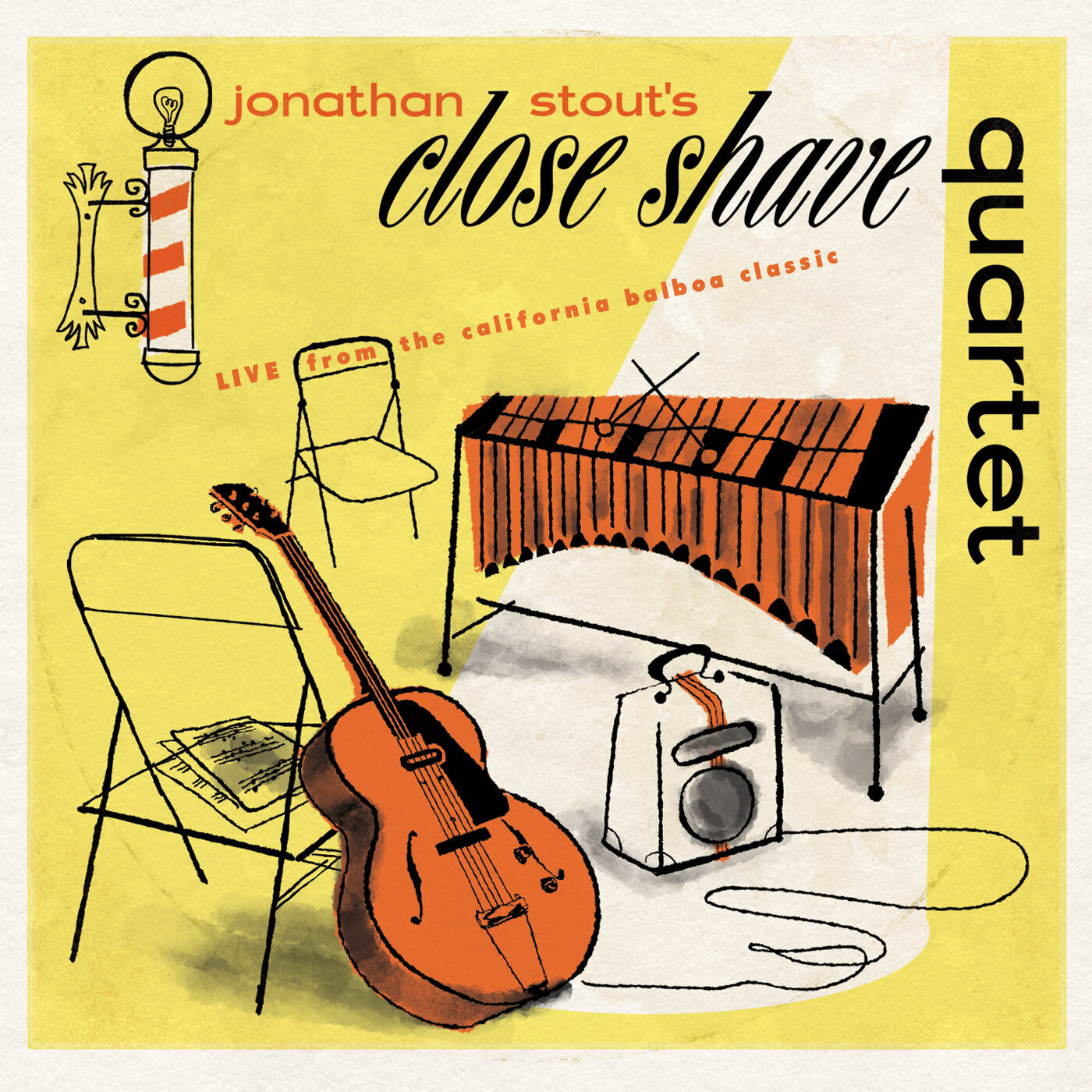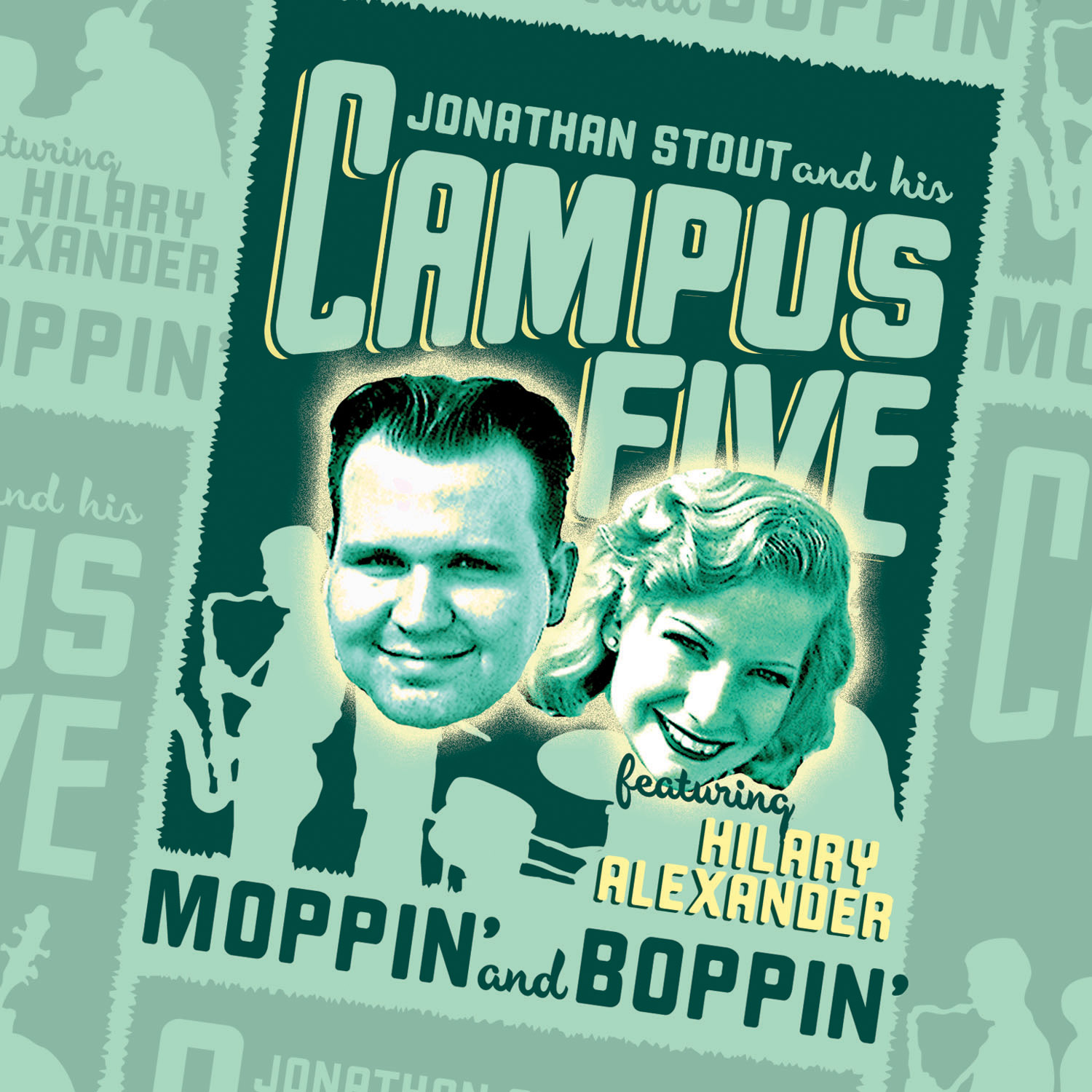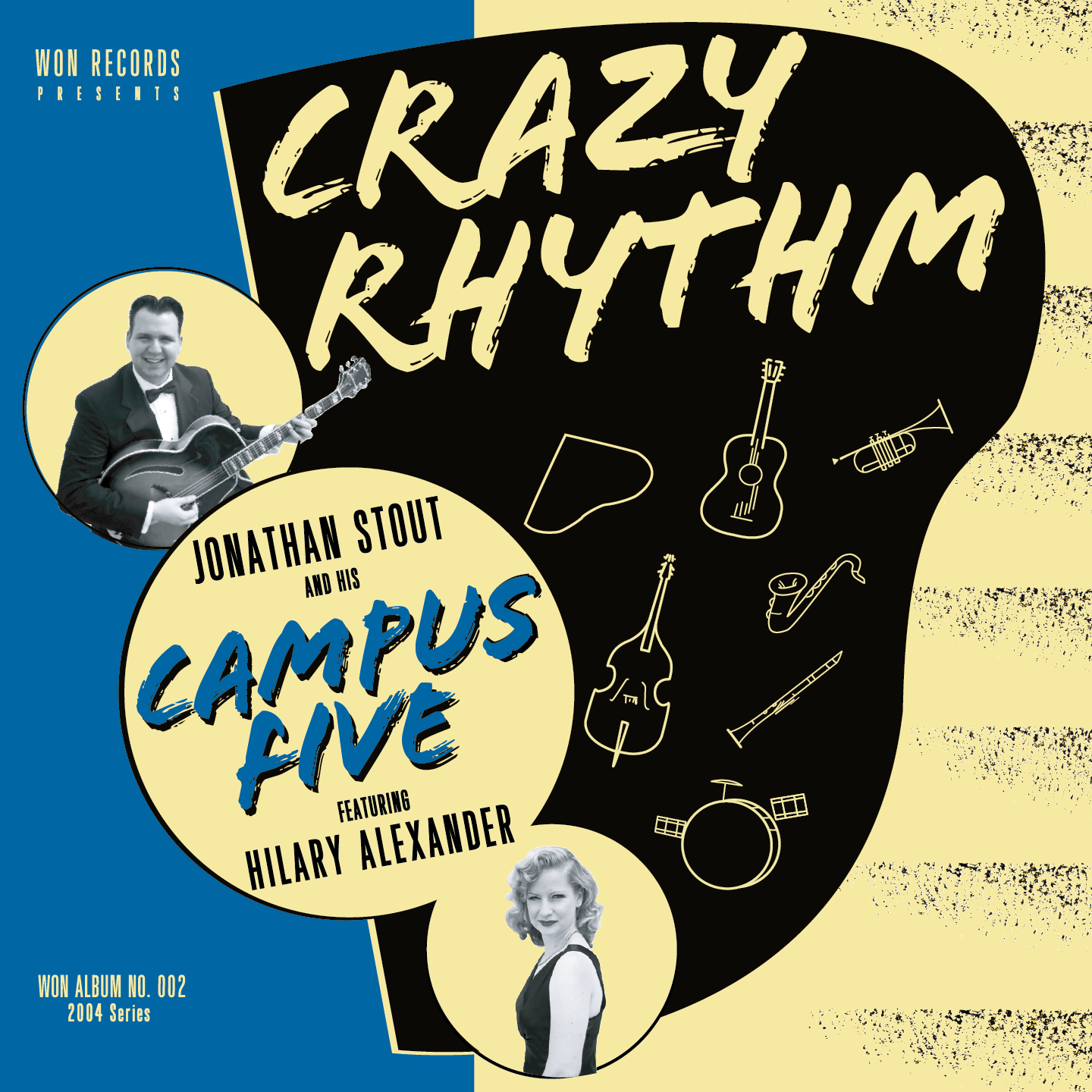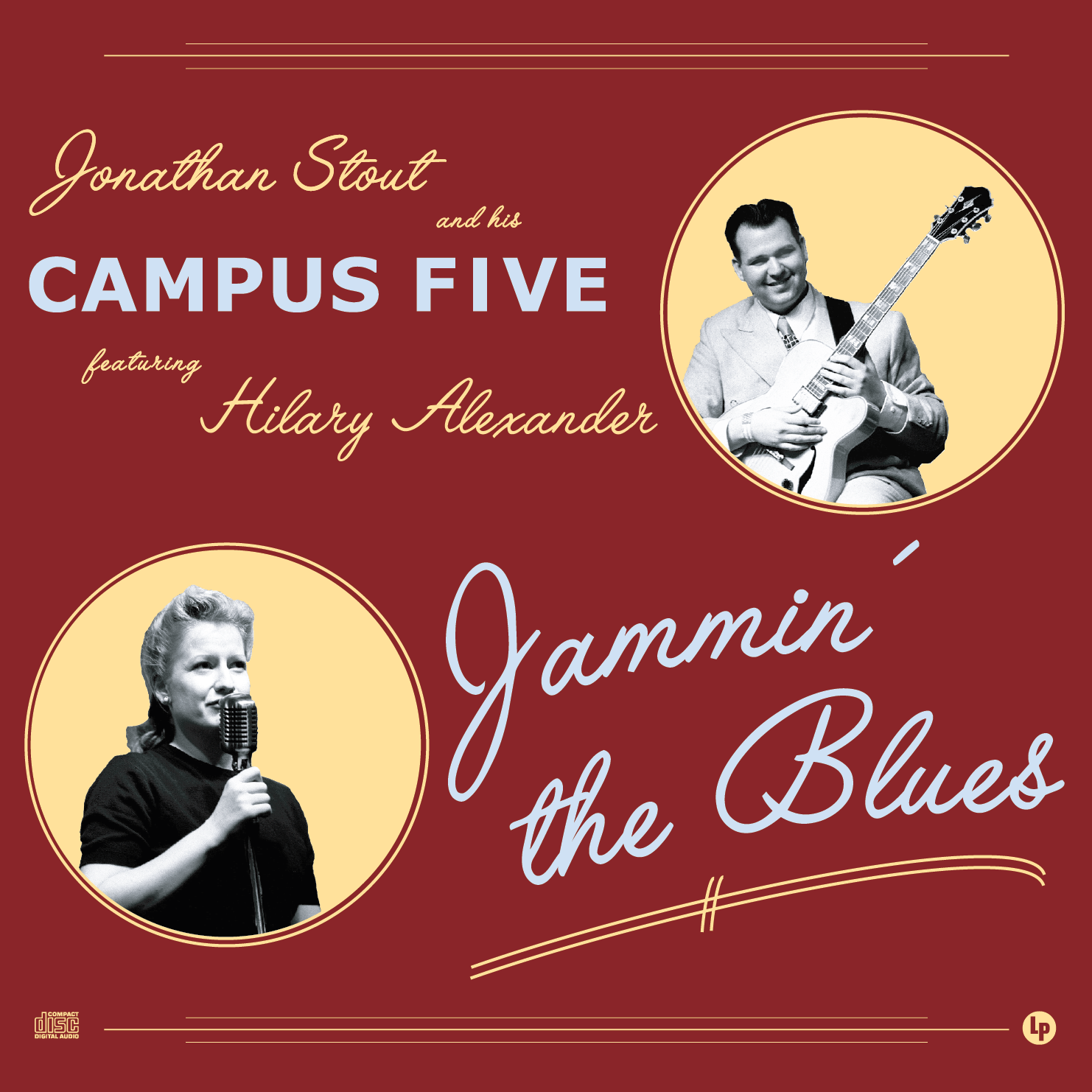Michael Steinman, at his blog JAZZ LIVES (as in both the noun and the verb), is one of the most important voices in traditional jazz and swing. Michael is regular at jazz festivals around the country, where he often documents the proceedings both in video and in words. He has a deep knowledge of the history of pre-bop jazz, and that knowledge allows him to write about what he has seen and heard with not just authority, but the most cogent and insightful references to that history. He’s able to sift through a great performance and separate out the threads of, say, a great tenor soloist, finding the stands of the various constituent elements, whether it’s bits of Ben Webster, or Chu Berry, or even Bud Freeman.
I was delighted when he mentioned that he would be happy to write a review of my solo guitar CD, “Pick It and Play It”, but he warned that he had a stack of CD’s he still had to get through before he would get to mine. Considering I was on some of those CD’s (I believe Keenan McKenzie’s “Forged in Rhythm” and Josh Collazo’s 2nd Candy Jacket Jazz Band CD, “Unstuck in Time”), I certainly couldn’t complain.
Well, I woke up today to his long promised review, and I have to say I was floored. It’s perhaps the nicest things anyway one’s ever said about my work, and coming from someone I respect so highly, it’s doubly meaningful. I’m deeply humbled by his words, and conversely they fill me with pride; if you’re a fan of the television show, The West Wing, you might know what I mean when I say I want to walk around with the review stapled to my face.
Anyway, check out JAZZ LIVES if you haven’t already. Here’s the text of the review:
A DELICIOUS TASTING MENU OF MELODIES:
JONATHAN STOUT, “PICK IT AND PLAY IT”
I can think of no one (except the Venerable Marty Grosz) who is doing what Jonathan Stout does. But the truly important thing is that he IS doing it, and beautifully. And the evidence is all through his lovely solo CD, PICK IT AND PLAY IT.
The guitar has a long history, and what we call “jazz guitar” does also. Before amplification, guitarists — solo or in ensemble — had the same complicated orchestral responsibilities as pianists: keep a melody line going, play the harmonies (implied or stated), do all this while offering a solid rhythmic pulse. If you couldn’t do all three as easily as breathing, talking, and walking, you didn’t get the gig — whether the gig was playing rocking blues in a Mississippi juke joint or supporting a small hot band in Harlem. The masters of this genre — more than two dozen — did it as a matter of course. Anyone who has ever picked up a guitar can learn in under a minute just how complex and intimidatingly difficult their art is. I write this from experience.
Jonathan has mastered the subtle mystical arts of such swing deities as Allan Reuss and George Van Eps, and PICK IT AND PLAY IT presents fifteen delicious sound-paintings that come from the acoustic past but sound fresh, personal, and lively. More than once, while listening, I found myself thinking, “If Dick McDonough had lived, he might have made a session like this.” If you understand my reference, you either already have this disc or you owe it to yourself to have several copies, in case rationing comes back.
If I remember correctly, Van Eps — whose gracious presence is vividly audible here — called this style of guitar playing “lap piano,” and it balances sharply-realized single lines with an overall orchestral approach. Not only does the listener not miss string bass and drums on this CD, but they would be positively intrusive. Stout doesn’t need them: he is his own resonant orchestra, full of shadings and colors, with a nearly relentless quiet swing.
And unlike many guitarists who are entranced by Django and post-Django, he does not seek to impress us by velocity, endurance, or flash. His approach is stately, leisurely, full of melodic and harmonic subtlety: although these performances have the breath of improvisatory life, they are not “Hey, let’s do four choruses on [familiar tune] and go home.” Rather, Stout has a deep compositional sense, so that I arose from each performance refreshed and fulfilled. The CD is dense with music, but it never gets dull. And the sense one comes away with of both Stout and his approach to the genre is not “Hey, look at me! I spent a thousand hours on this piece!” but “How beautiful the guitar is, and listen to what memorable sounds can come from it.”
This CD offers “fifteen arrangements for solo guitar,” with a repertoire that mixes familiar pop classics with rare compositions for the instrument. The latter are wonderful and I think they will be new to all except the most ardent student of this arcane art: Frank Victor’s PICK IT AND PLAY IT; Roy Smeck’s ITCHING FINGERS; and Allan Reuss’s APARTMENT G and PET SHOP. (Many listeners, if they know Reuss at all, know him as the steady sweet resonant pulse in the Benny Goodman orchestra and later small-group sessions, but his compositions are a revelation. And Reuss is Stout’s model, which says a great deal about Jonathan himself.) Stout’s originals — dedicated to his son, not to Charlie Christian — PICKIN’ FOR CHARLIE and CHARLIE’S LULLABYE — are particularly delightful, the latter tender but never soporific.
To the casual listener, the remaining songs might seem familiar, even too much so (although in this century, the people who have heard, say, PENNIES FROM HEAVEN too often are an increasingly smaller group): STOMPIN’ AT THE SAVOY, MOONGLOW, CHEEK TO CHEEK, IT’S ONLY A PAPER MOON, SUNDAY, GEORGIA ON MY MIND, AIN’T MISBEHAVIN’, SOMEBODY LOVES ME, OVER THE RAINBOW. But this assumption would be completely wrong.
I came to CHEEK TO CHEEK, for one example, with a half-century of associations, expectations, and prized performances in my head. But in the first minute of hearing Stout’s playing, I thought, “Wow, I’ve really never heard that song before.” And it wasn’t that he was being consciously or self-consciously innovative, but his performance had the integrity and wonder that the best musicians bring to even the simplest series of chord changes or melodies.
Two more delights add to the overall pleasure, both provided by people who themselves make splendid music. One is the too-brief but delicious essay by guitarist Nick Rossi: what a pleasure to read uncliched prose that rests on a deep knowledge of the art. The other is the gorgeous recorded sound created by master engineer Bryan Shaw: the guitar sounds like itself, with no “natural flavors” synthesized in the laboratory, with a minimum of string noise that is often distracting on recordings of acoustic guitar.
PICK IT AND PLAY IT is a series of small fulfilling delights — and “small” is not a criticism but a compliment. Even if you’ve never heard of Frank Victor, or perhaps especially if you’ve never heard of Frank Victor, you will be thrilled by Jonathan Stout’s masterful subtle art. [links to the purchase the CD and this website and blog removed]
